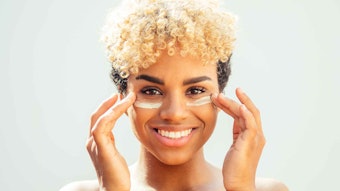Serving again as a judge for the local science fair, this author reflected on the year’s prior event and a project adjacent to the garlic-for-acne study discussed in the last edition of this column. The project was an attempt to measure the in vitro SPF of commercial products using photosensitive paper from a child’s hobby kit. Expecting to find a solar focus in this year’s entries, it was surprising to see submissions take a different direction—toward capturing the electricity generated by UV light. Both titanium dioxide and plant pigments were the absorptive molecules of interest, and demonstrations showed how their energy transfer abilities could be capture UV energy rather than just deflect it.
In contrast, the industry continues to seek protection from the sun without chemical reactions on the skin, in the body or in the environment. A keynote lecture from the most recent International Federation of the Societies of Cosmetic Chemists (IFSCC) Conference in Thailand identified four challenges to address for eco-friendly photoprotection, including: improving consumer understanding of adequate sun protection, increasing compliance by formulating more esthetic products, increasing unit effectiveness of actives in products to minimize environmental impact, and improving assessment methods for predicting ecotoxicity to guide formulation.1 These key points comprise a good framework from which to build new products that balance individual consumer needs with effects on both the user and the environment. Natural formulations offer one avenue of approach to meet these challenges.










